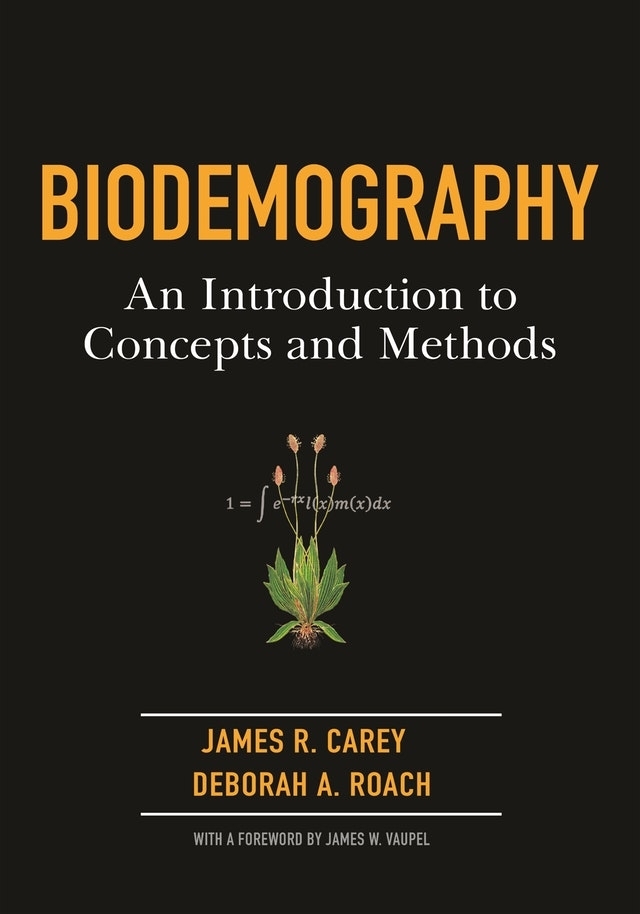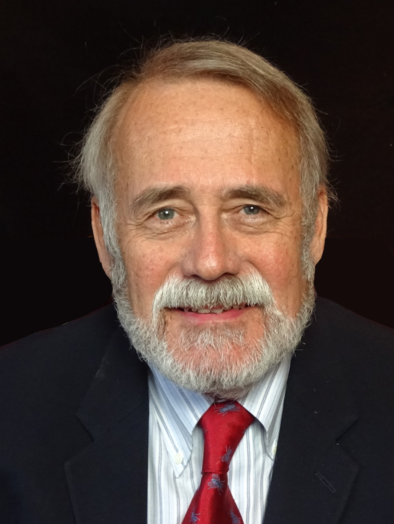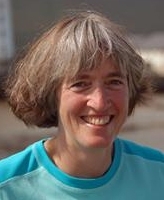
The publisher, Princeton University Press, has contracted with Asakura Publishing Company for the right to translate the 480-page book, Biodemography: An Introduction to Concepts and Methods into the Japanese language.
“This is a neat development, given that I suspect the Japanese publishers are pretty selective, given the effort and resources needed to translate a technical book like ours,” commented Carey, a UC Davis distinguished professor of entomology who is known as one of the founding fathers of biodemography and a global authority on arthropod demography.
Asakura, founded in 1929, is an academic and professional book publisher that specializes in mathematics, statistics, physics, chemistry, biology, engineering, medicine, agriculture, humanities, economics, psychology, and others.
The book, which integrates biology, mathematics and demography, “sets the standard as the definitive text for the important, emerging field of biodemography,” according to Robert Peterson, professor of entomology at Montana State University, and a past president of the 7000-member Entomological Society of America (ESA).
Carey pointed out that the interdisciplinary field unites the natural science of biology with the social science of human demography.

The book is considered an essential resource for demographers, epidemiologists, gerontologists, and health professionals as well as ecologists, population biologists, entomologists, and conservation biologists.
A recent review in the winter edition of The American Entomologist called it "an ambitious integration of concepts, models, and tools from the fields of biodemography (population demographics of non-human species) and classical human demography, which is considered a social science. Given the obvious conceptual and mathematical connections between the two fields, one might assume they are natural bedfellows."
"In reality," wrote reviewer Jennifer C. Geib of the Department of Biology faculty, Appalachian State University, Boone, N.C., "integration of the two fields has been a decades-long endeavor, involving think-tanks of eminent individuals from all related fields."

Geib praised the "clarity of the writing" and "unusually clear illustrative examples and visualizations."
She added: "I've always known that Thomas Malthus' thinking about population growth and food supply influenced Darwin, but I had never read Malthus' own words. I literally laughed out loud at his articulation of the 'Dismal' and 'Utterly Dismal' theorems— no wonder Darwin was also struck by them."
Geib summed it up this way: "Even if this isn't the required textbook for your population biology or demography course, anyone who teaches such a class needs this as a reference to improve their instruction. This would also be an excellent general reference for anyone (such as an ecologist) who is newly delving into biodemography as an expansion of their work with particular species or interactions."
A recent review in Cell Press explored the definition of biodemography, commenting that "Biodemography is a bridge between biological theories and demography and relies on strong methodological foundations. "By definition, it already integrates several fields of research, but the integration of additional research areas to this interdisciplinary science could help strengthen our understanding of demographic dynamics," wrote Marlène Gamelon and Hannah Froy. "With this book, the authors offer biologists an accessible and practical overview of the demographic approaches that may offer insights into a range of important biological questions."
Gamelon and Froy, both with the Centre for Biodiversity Dynamics, Department of Biology, Norwegian University of Science and Technology, Norway, referenced the 1973 essay of Theodosius Dobzhansky, "Nothing in Biology Makes Sense Except in the Light Of Evolution."
They wrote: "Dobzhansky famously stated that nothing in biology makes sense except in the light of evolution. Evolution is driven by the propagation of genes within and among populations, which depends on age-specific patterns of fertility, mortality, and migration. Therefore, it can also be said that nothing in evolution makes sense except in the light of demography."
Bottom line: this book is a must-read. We expect it to be translated into other languages as well.